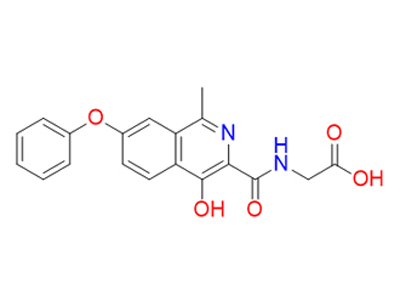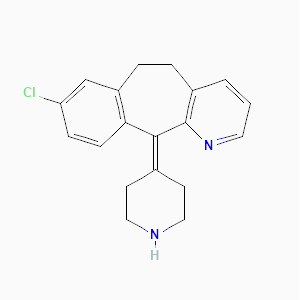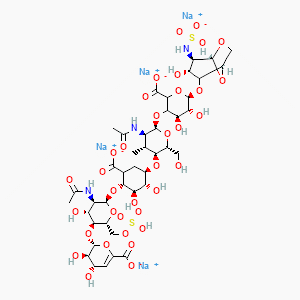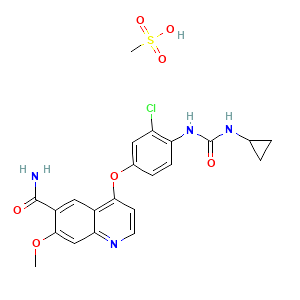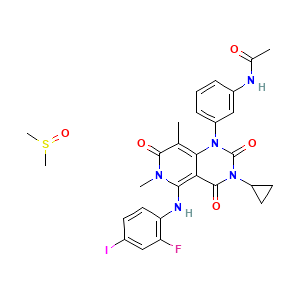Mechanism Of Action:
Anemia is a common complication of chronic kidney disease that can be caused by reduced production of renal erythropoietin (EPO), functional iron deficiency due to increased levels of hepcidin, blood loss, reduced erythrocyte survival duration, and inflammation. Hypoxia-inducible factor (HIF) is a transcription factor that induces several target oxygen-sensitive genes in response to low oxygen levels in the cellular environment, or hypoxia. Target genes are involved in erythropoiesis, such as those for EPO, EPO receptor, proteins promoting iron absorption, iron transport, and haem synthesis. Activation of the HIF pathway is an important adaptive responsive to hypoxia to increase red blood cell production. HIF is heterodimeric and contains an oxygen-regulated α-subunit. The α-subunit houses an oxygen-dependent degradation (ODD) domain that is regulated and hydroxylated by HIF-prolyl hydroxylase (HIF-PHD) enzymes under normoxic cellular conditions. HIF-PHD enzymes play a crucial role in maintaining a balance between oxygen availability and HIF activity.
Roxadustat is a potent and reversible inhibitor of HIF-PHD enzymes; inhibition of HIF-PHD leads to the accumulation of functional HIF, an increase in plasma endogenous EPO production, enhanced erythropoiesis, and indirect suppression of hepcidin that is an iron regulator protein which is increased during inflammation in chronic kidney disease. Roxadustat can also regulate iron transporter proteins and regulates iron metabolism by increasing serum transferrin, intestinal iron absorption and the release of stored iron in patients with anemia associated with dialysis-dependent or dialysis-independent CKD. Overall, roxadustat improves iron bioavailability, increases Hb production, and increases red cell mass.
Indication:
It is indicated for the treatment of adult patients with symptomatic anemia associated with chronic kidney disease (CKD).

